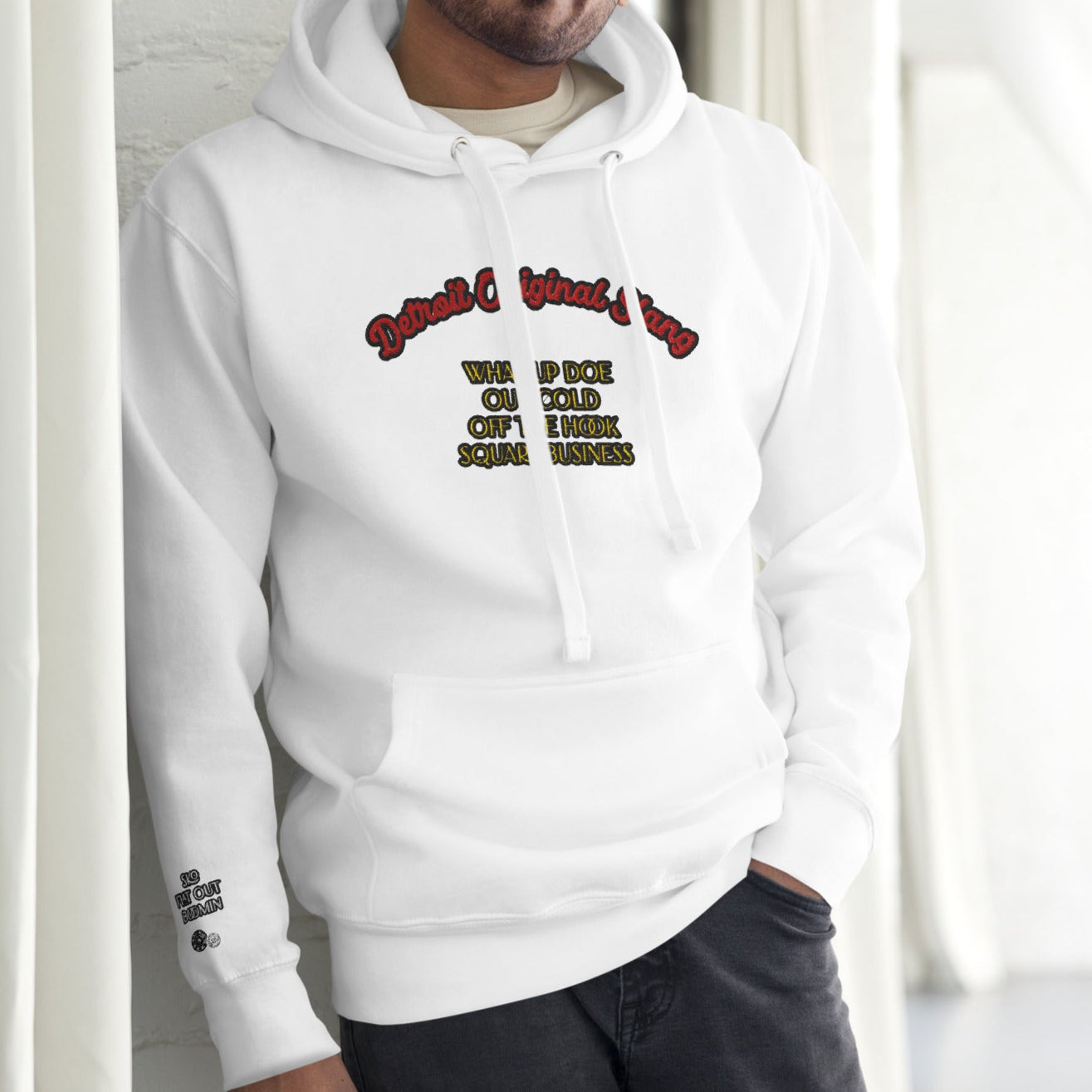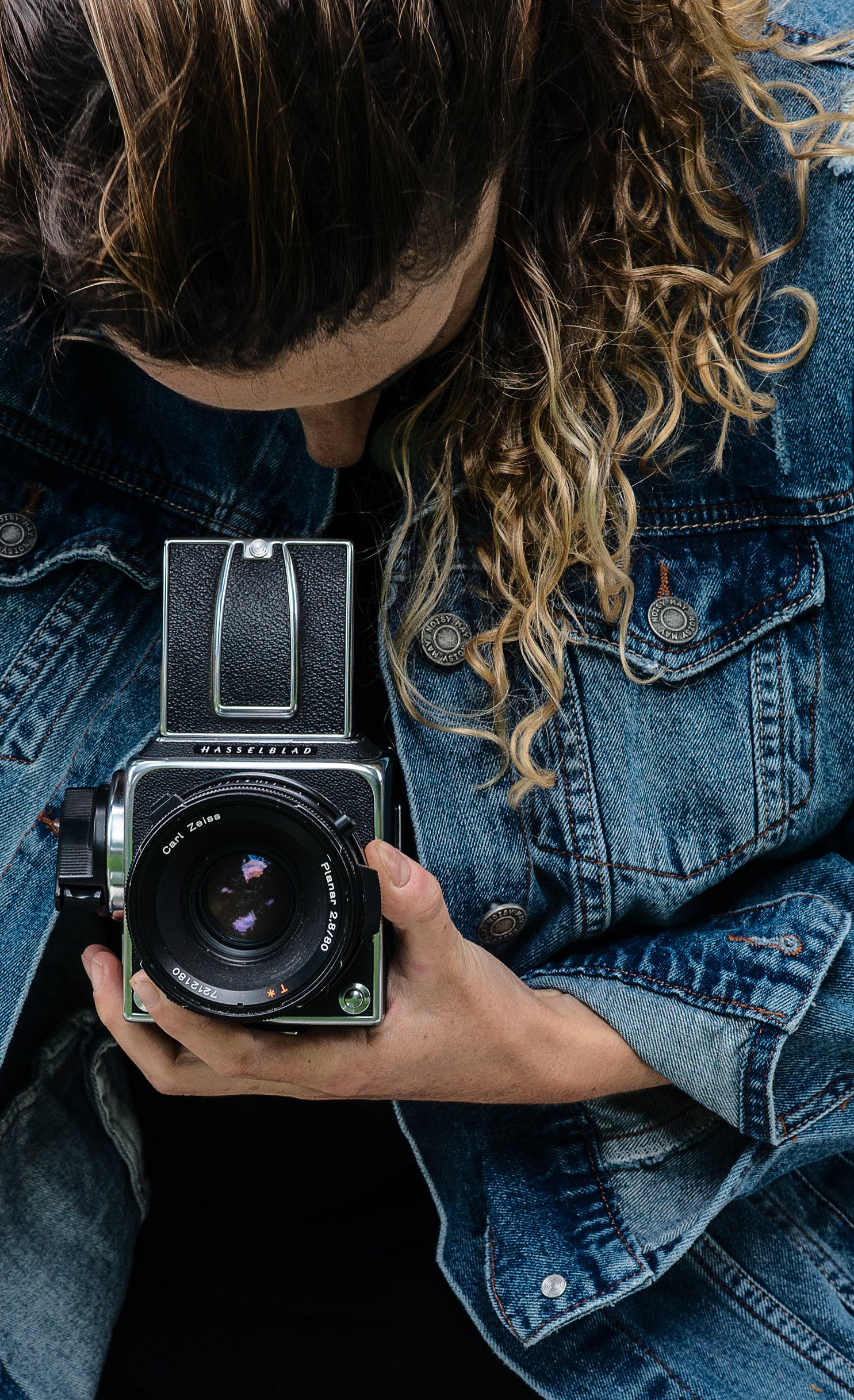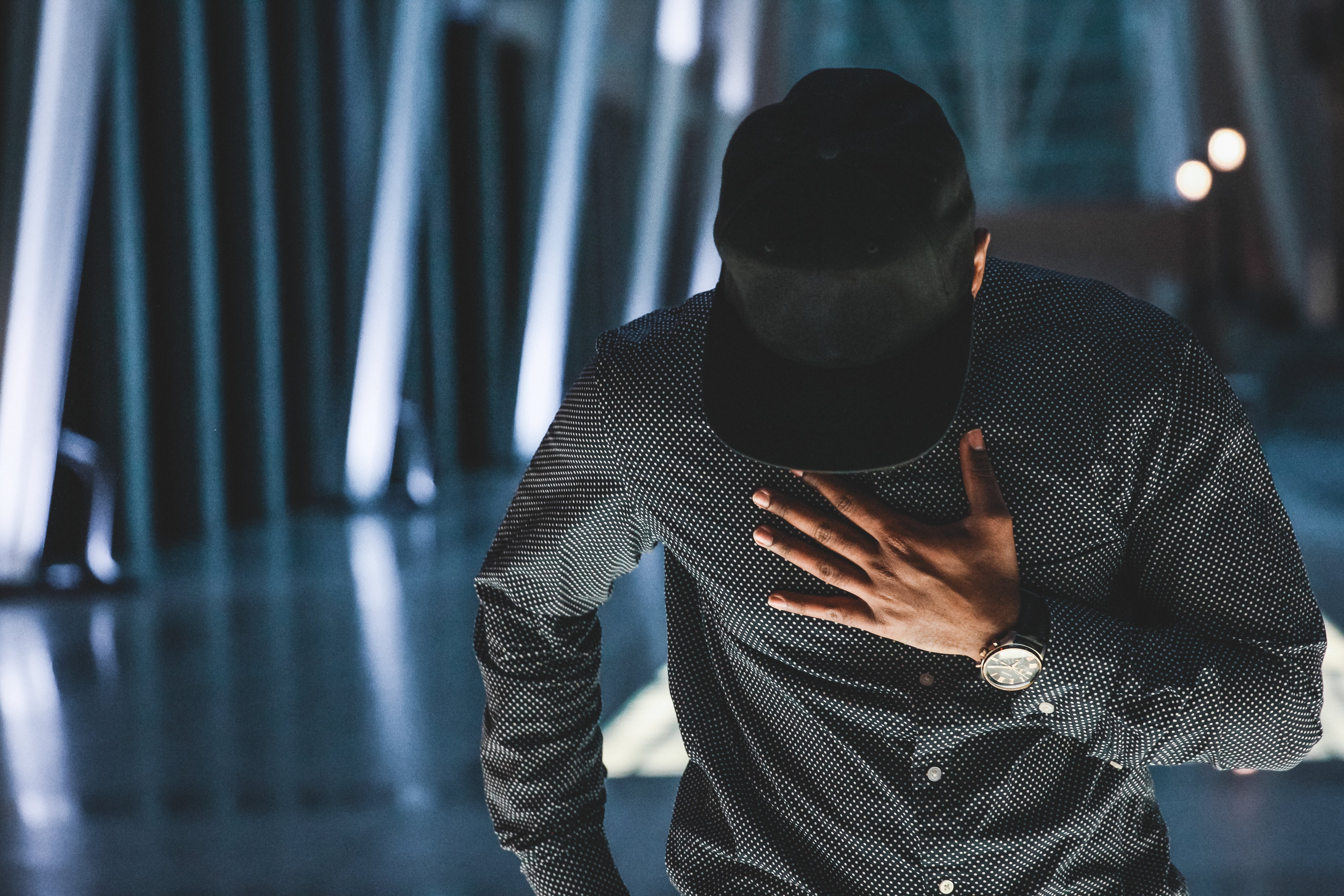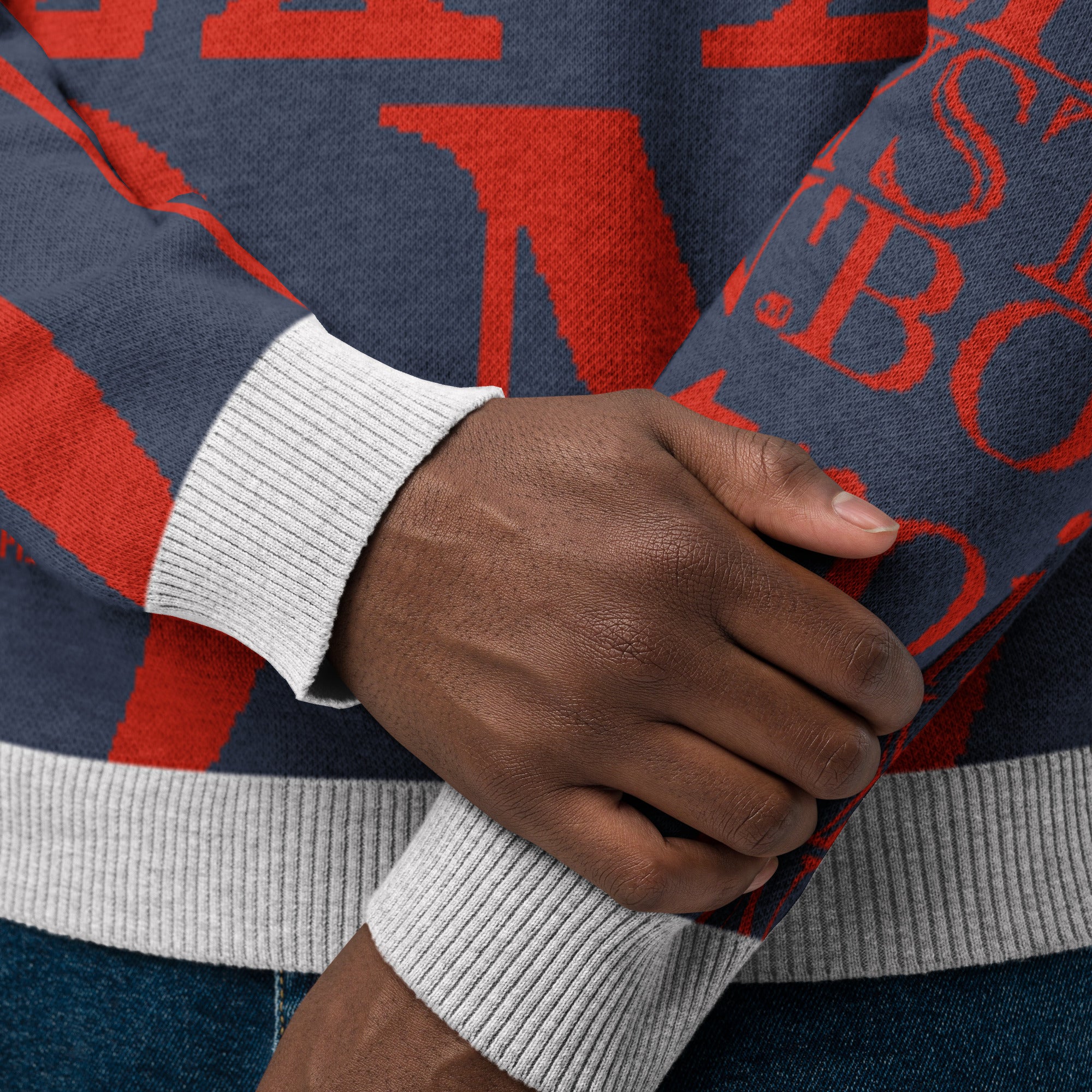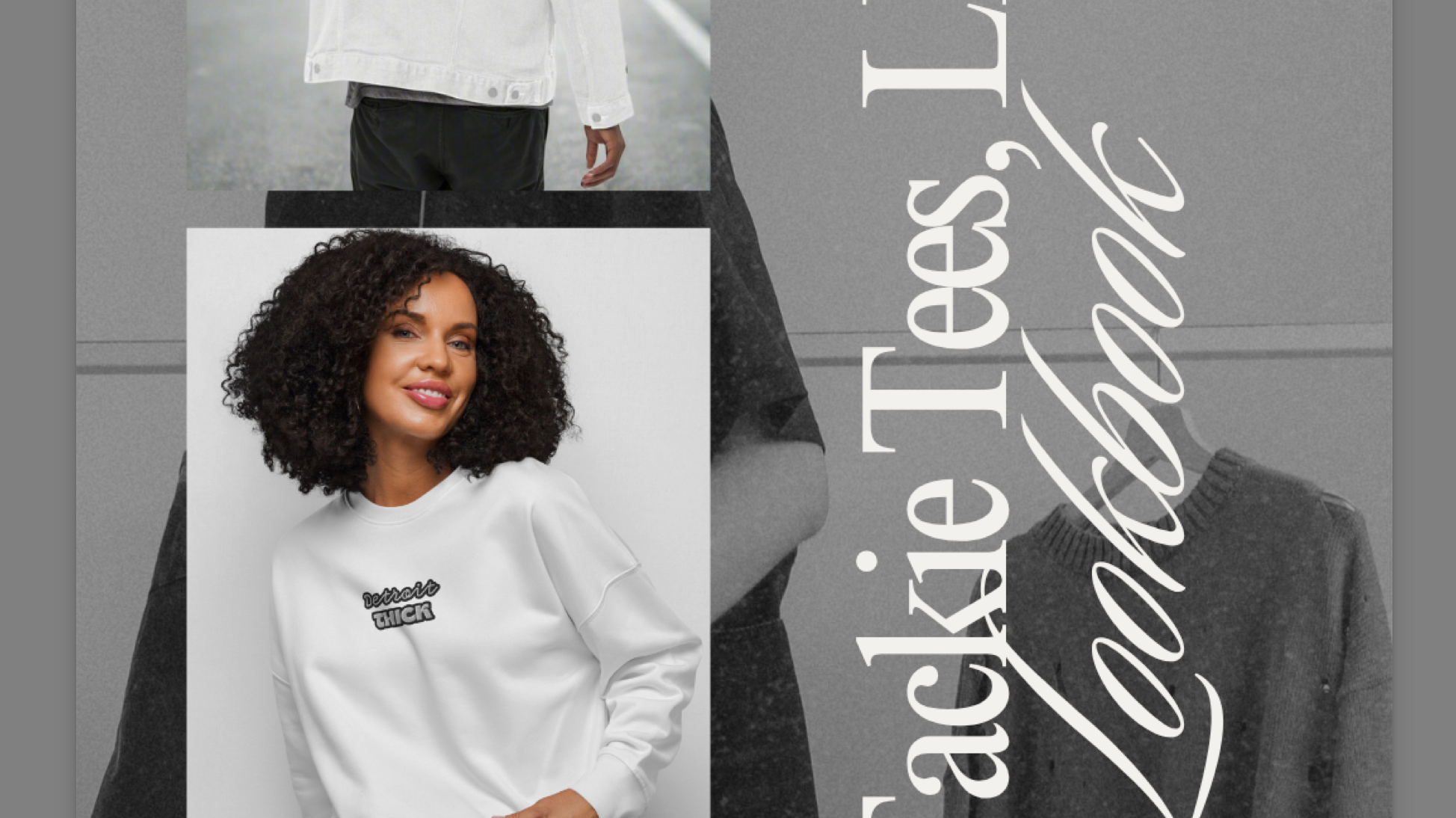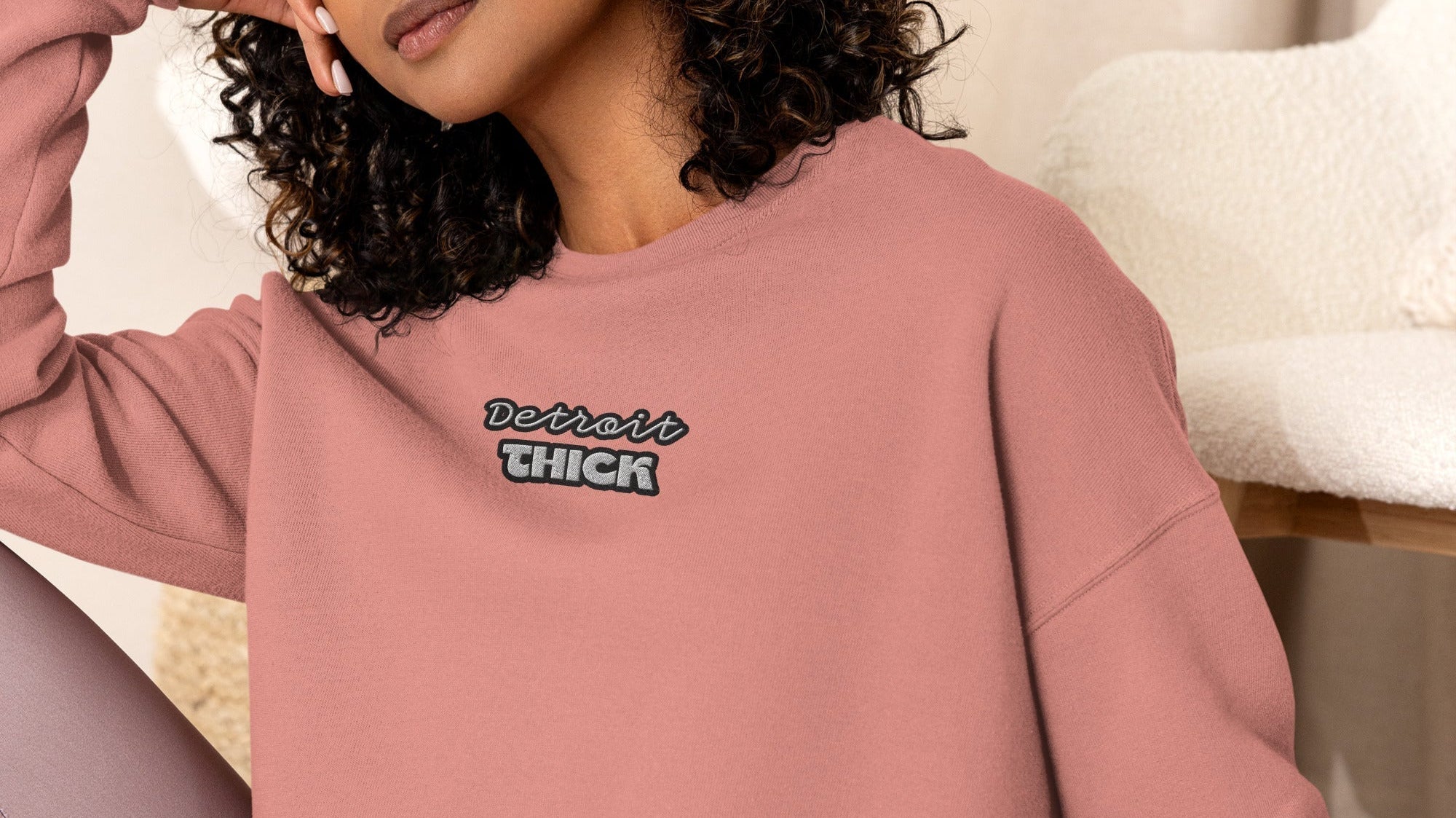Detroit-Inspired Streetwear with Real Culture & Stitch 20% Off & Free Shipping
At My Tackie Tees, we represent Detroit the way it should be—bold, creative, embroidered with pride. We don’t do cookie-cutter fashion. Every tee, hoodie, and hat is embroidered on demand, so nothing’s mass-produced—whether you’re repping the city or just want gear that feels authentic, you’re in the right place.
Blog posts
Why We Built an Embroidered T-Shirt Brand Around Detroit
Why We Built an Embroidered T-Shirt Brand Around Detroit There’s no place like Detroit. The city’s grit, resilience, and unapologetic spirit shaped who we are—and inspired us to build My...
🎬 My Tackie Tees Lookbook: A Goldmine for TV & Film Wardrobe Stylists
🎬 My Tackie Tees Lookbook: A Goldmine for TV & Film Wardrobe Stylists Are you a wardrobe stylist or costume designer in the world of TV or film? Looking for...
Unleash Your Inner Beauty: How to Increase Self-Esteem with Fashion
Fashion is more than just clothes; it's a way to express yourself and boost your confidence. When you wear something that makes you feel good, it shows.......


